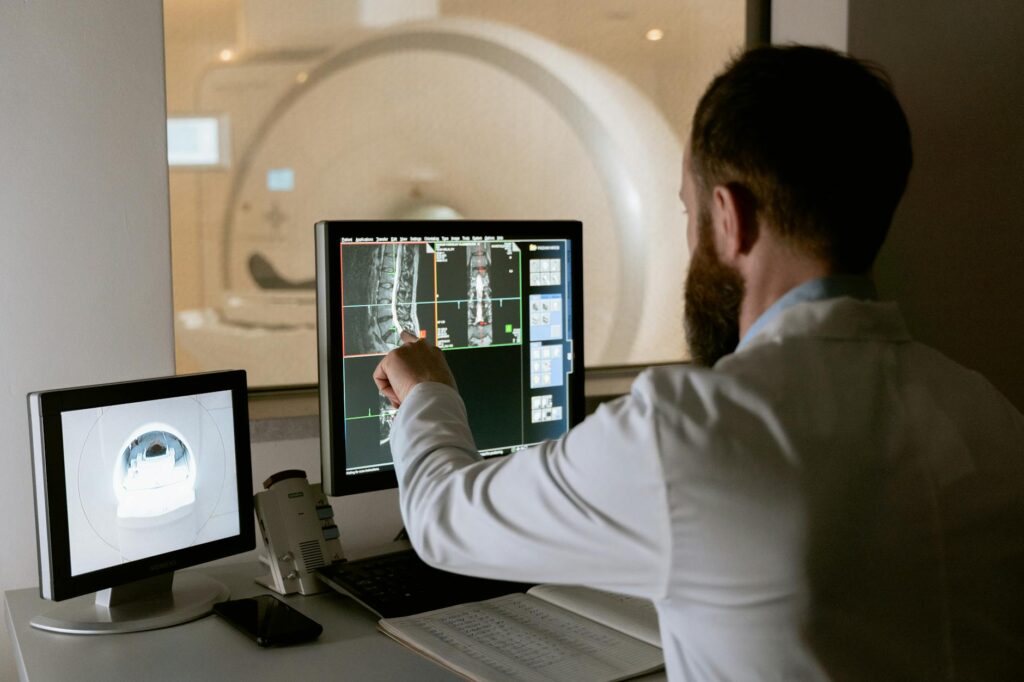What is readiness assessment?

What is Readiness Assessment?
Understanding readiness assessments is vital in both personal and professional contexts. They help determine whether an individual, team, or organization is prepared to undertake a new project, implement changes, or face challenges. By identifying readiness, you can enhance productivity and make more effective decisions that align with your goals.
What is a Readiness Assessment?
A readiness assessment is a systematic evaluation used to gauge the preparedness of individuals or organizations for a specific change or task. It serves as a diagnostic tool, offering insights into how ready you are to engage in a new initiative or adapt to changes. Whether it’s preparing for a new software implementation, a training program, or a significant organizational change, a readiness assessment helps clarify what resources, skills, and support are necessary.
Purpose of Readiness Assessment
The primary purpose of conducting a readiness assessment is to identify gaps between current capabilities and those required for successful change implementation. This can involve assessing skills, resources, and organizational culture. For instance, a company planning to adopt new technology may conduct a readiness assessment to evaluate employee preparedness and technical skills. This can ultimately reduce risks and enhance the likelihood of a smooth transition.
Common Scenarios for Readiness Assessment
Readiness assessments are applicable in various scenarios. Here are a few examples:
- Project Management: Before launching a new project, teams often conduct readiness assessments to ensure everyone is aligned and equipped to contribute effectively.
- Personal Development: Individuals looking to embark on new career paths may use readiness assessments to evaluate their skills and areas that need improvement.
- Organizational Change: When an organization plans to implement significant changes, such as restructuring or policy updates, a readiness assessment can identify potential resistance and areas requiring additional support.

Photo by MART PRODUCTION
Key Components of Readiness Assessment
Conducting a readiness assessment involves several key components that ensure a thorough evaluation.
Evaluation Criteria
To assess readiness effectively, specific criteria need to be established. Here are a few common evaluation criteria:
- Knowledge and Skills: Do individuals have the necessary skills and understanding to adapt to the change?
- Resources: Are the required resources, such as tools and training, readily available?
- Cultural Fit: Is there a supportive culture that encourages change and innovation?
- Stakeholder Engagement: Are key stakeholders involved and supportive of the proposed change?
Assessment Instruments and Tools
Various tools can be employed during a readiness assessment. These may include:
- Surveys and Questionnaires: Collecting feedback from team members about their perceived readiness can help pinpoint areas for improvement.
- Interviews and Focus Groups: Engaging individuals in discussions can provide qualitative insights that surveys may miss.
- Evaluation Frameworks: Using a structured framework can facilitate a comprehensive analysis of readiness across different areas.
Benefits of Conducting a Readiness Assessment
Engaging in a readiness assessment offers numerous benefits that enhance overall productivity and personal development.
Improved Decision-Making
A well-conducted readiness assessment can lead to more informed and effective decisions. By understanding where gaps exist, you can prioritize actions that need to be taken before changes are implemented. This reduces uncertainty and allows for strategic planning.
Enhanced Work-Life Balance
Assessing readiness can also impact work-life balance. When you know you’re equipped to handle changes, it alleviates stress and anxiety. For example, if you’re transitioning to a new role, being prepared can boost your confidence, leading to better job satisfaction and a healthier balance between work and personal life.
How to Conduct a Readiness Assessment
Conducting a readiness assessment involves a systematic approach. Here’s a step-by-step guide to help you through the process.
Step 1: Identify Objectives
Before diving into the assessment, clearly define your objectives. What change are you preparing for? Who will be affected? Establishing clear goals is essential for a focused assessment.
Step 2: Gather Data
The next step involves collecting data relevant to your objectives. This could include existing reports, surveys, and interviews with stakeholders. The more comprehensive your data collection, the better your assessment will be.
Step 3: Analyze Results
Once you have your data, it’s time to analyze the results. Look for patterns and insights that indicate readiness levels. What areas are strong? Where are the weaknesses? Applying these insights can help you develop targeted strategies for improvement.
Conclusion
In summary, readiness assessments are a valuable tool for navigating personal and professional changes. They help you understand your preparedness and identify areas for improvement. By utilizing readiness assessments, you equip yourself with the knowledge to make informed decisions, enhance productivity, and ensure a smoother transition during times of change. Don’t underestimate the power of being prepared—embrace readiness assessments in your journey toward success.